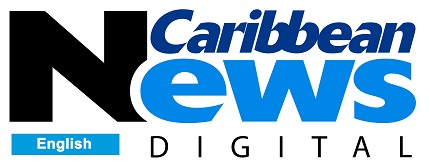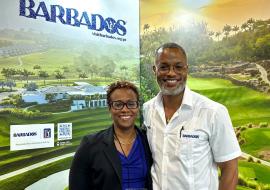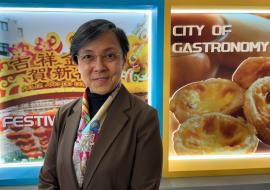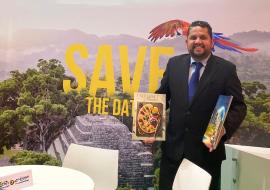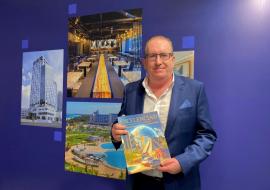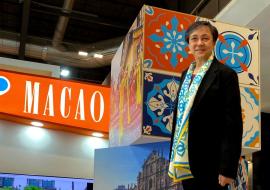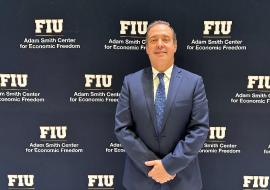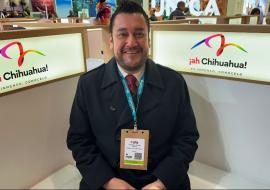Q & A with Mario Salinas, Nicaraguan Minister of Tourism
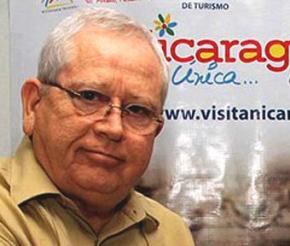
Q & A with Mario Salinas, Nicaraguan Minister of Tourism
Different factors like changes in the visa policy led Nicaragua’s tourism to end 2009 with unexpected numbers in a year of global crisis. The sector, considered one of the mainstays of the country’s development, counts on spectacular natural and cultural reserves. In order to boost the leisure industry and make Nicaragua stop being called “the big stranger of Central America,” the government has stepped up promotion actions, is looking to increase air access and is working on multidestinations with countries like Cuba.
2009 was a historical year for the tourism industry… What did it mean to Nicaragua?
In the case of Nicaragua, the result has been a little bit different from that of other Central American countries, since we finished with a nearly 9 percent growth in tourist arrivals and a 20 percent increase in the generation of currencies for the national economy. What’s the reason behind this? Certain actions taken by the Nicaraguan government at the beginning of 2009 and which have yielded excellent outcomes, for example presidential decrees exempting from visas to almost all countries of the world. The increase of visitors through the southern border, the border with Costa Rica, was 54 percent.
We have seen a boost in the dynamics of the tourism sector. For example, we participated in Fitur with some ten tour operators, as oppose to previous years when Nicaragua used to attend with just around four of them. This can give an idea of where the tourist sector is heading to and what are our expectations. It is worth mentioning the will of the Nicaraguan government, which considers tourism as one of the cornerstones of the country’s development: agriculture and stockbreeding on one hand and tourism on the other one. This fact places us in a strong position in relation to other sectors and the country’s plans concerning infrastructure, energy, roads for the development of tourism.
In Fitur the efforts made by participating countries to overcome the 2009 crisis were evident: there were luxurious, big stands, promotion and publicity was quite felt. The sector at a world level is reacting; there is credibility and confidence, which is reassuring to us, because we believe that Nicaragua is going to make a leap in 2010.
So, do you think this year’s Fitur was as good as it was in 2008 and previous years?
In certain things yes, it was. For example, almost all participating countries presented folkloric ballets, something I didn’t see last year; I saw very luxurious stands and huge exhibition spaces, which I didn’t see last year either. Regardless the fact that fewer countries attended the event, those that did were represented were saying “we are going to recover.”
In the case of Nicaragua, we are going to work hard to take a big step forward this year. In the first place, we have signed a contract with a Spanish company for a national plan for tourism development, consisting not only of a study, as in the course of the six-month plan, different actions will be implemented as of March. There is this program with Italian RAI, a reality show named The Island of the Famous People, that will take us to the screens of Italian viewers for three months, and the same thing will be probably done in Spain. This would give us a very important exposure. Likewise, we have set up for a cooperation plan with European key tourism players. So, we have good reasons to expect very interesting results this year.
What are your markets in Europe?
Spain and Germany.
Then you have presence in Germany?
Yes, and we participate in ITB every year; we are thinking of organizing by the year end charters that would depart from Germany, make a stop in Spain and then go on to Nicaragua; because one of our major problems is air connectivity.
Another problem is promoting this big stranger of Central America –as Nicaragua is called–, although it has a very attractive and diverse tourist offer and the fact that those who visit the country return home satisfied. So, what we need is for people to learn about Nicaragua, for visitors to speak about their experiences there. I’m sure our country is going to climb up on its place little by little with our effort and the support of leading tour operators, for example from Spain, with whom we are holding conversations. Top wholesalers have come to us interested in working with us and bidding on Nicaragua in the next few years.
Have you made contacts with the Russian market?
We have been to Moscow, we have met with Aeroflot in Havana; we have explored the situation of the Russian market. We believe there is a lot potential and that Russia is an increasingly important market. Likewise, because of historical circumstances, the name of Nicaragua sounds familiar to Russians. We are working on air connections with them, and we want to make a connection through Havana. Once we achieve that, we’ll draw out a promotional plan in Russia. And we are going to try a Cuba-Nicaragua multidestination, which could be of benefit for both destinations.
Out of Western Europe, Germany, United Kingdom, Spain, Italy, the most important market for us in Russia.
What is the strongest tourist modality in Nicaragua?
We develop the beach tourism, but we are trying to boost cultural and nature tourism as well. We believe that we have a lot of strengths in cultural tourism. We can’t compete with the Caribbean on beach tourism, but we do can complement that beach tourism with assets that are rarely found in the Caribbean and that we can offer such as wildlife reserves like that of Bosawas, an intact 23,000 square km reserve, or that of Indio Maiz, along the river San Juan 238 kilometers long, or that of the Nicaragua lake with its Ometepe island formed by two volcanoes; the city of Granada, a colonial city; the city of Leon home to the biggest colonial cathedral of Central America.
In addition, Nicaragua has a wide wealth of handicrafts, folklore and gastronomy. We can complement a recreational offer with a cultural offer. We want to embrace everything, because there are thermal waters that we want to develop within the nature, well-being and health sector; that is, ecotourism, health and well-being, the relationship of humans with nature and other humans, all of it under the label of Nicaragua Wellness: feeling well, being in harmony, being in contact with the natural and the authentic surrounded by nice and hospitable people. That’s how we want to identify our country.






